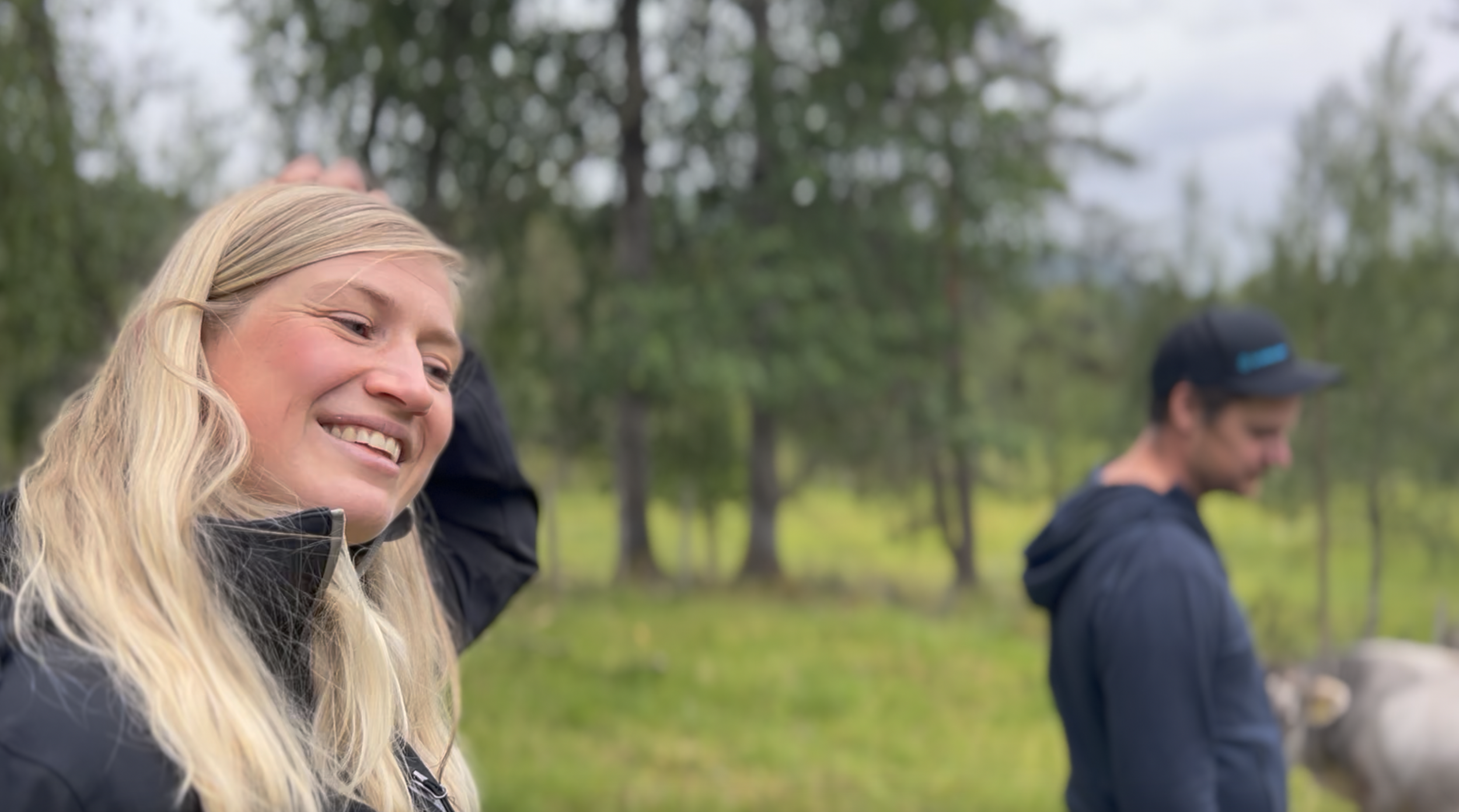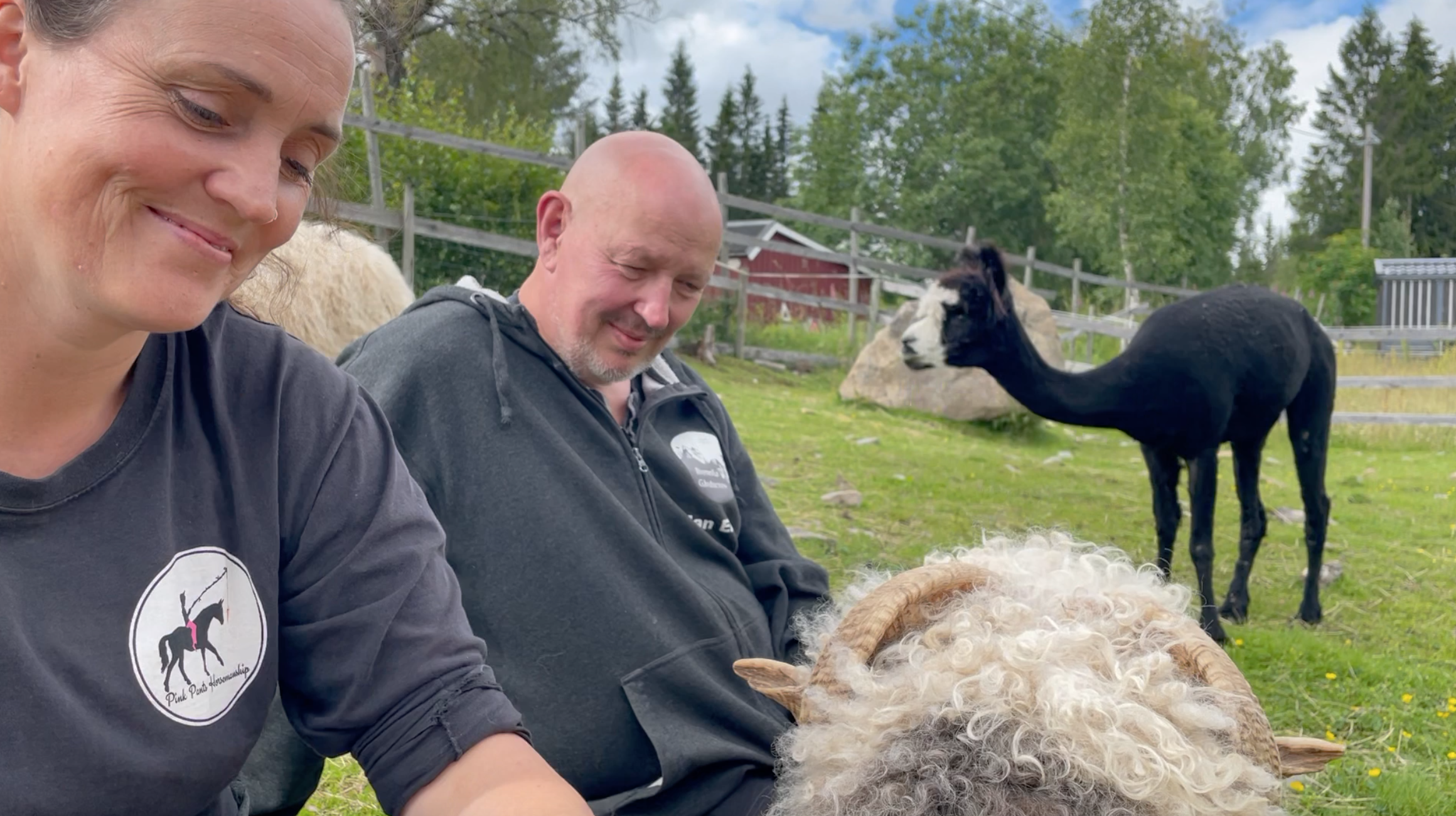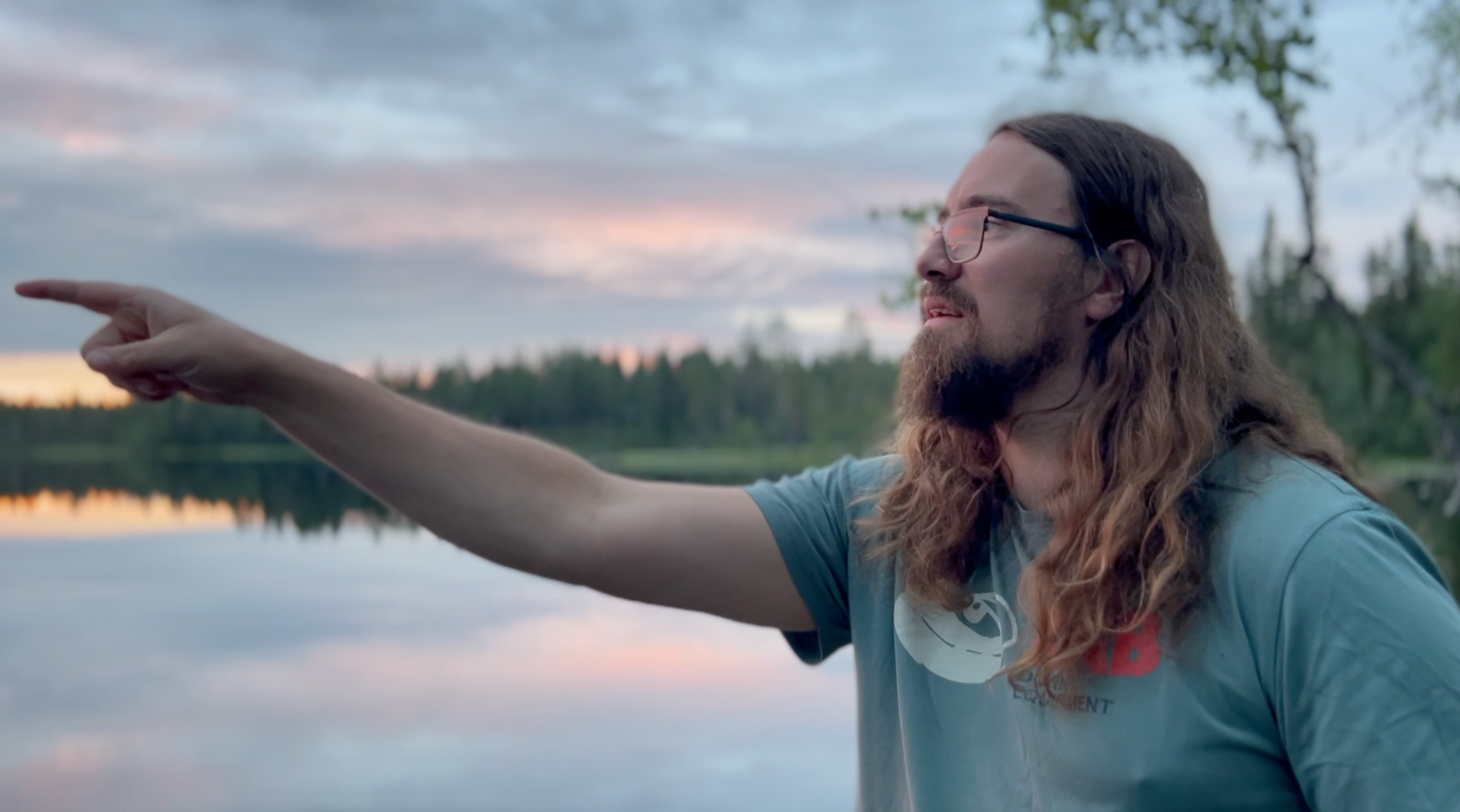Relating to the Living
research, conversations, video book
Andrew Mcmillion (Hurdal Regenerative Farm)
Life is a connected phenomena, a living system on the surface of the earth, to say it with the evolutionary biologist Lynn Margulis. Yet, the mechanistic view of the Earth, that is still predominant within the currently prevailing thought collective, continues to separate humans and nature, where a human is a subject acting on the dead matter of objects (classified as resources) or using more inferior beings (again, in a self-proclaimed clasification) for his benefit. Such worldview of separation has justified the exploitation of nature, and also gave humans a false permission to exploit or mistreat each other.
Gabriela Benish-Kalná (ArtMill Center for Regenerative Arts)
Lynn Margulis promoted and pioneered a very different view of life on Earth: symbiosis. All living organisms exist in interconnected ways as living systems, in complex patterns and feedback loops, rather than in direct cause-effect lines. Symbiotic view of existence is focusing on emergent properties that are born in relationships, in which all the living beings on the planet interact with each other and the surroundings more generally to form synergistic, self-regulating, complex systems that maintain and perpetuate the conditions for complex life, that make planet habitable.
Gunn and Tor Jørgen (Stryn Farm)
Also philosopher and physicist Karen Barad is proposing to refer to the mutual constitution of entangled agencies on the planet as “intra-action”, in contrast to the usual “interaction,” which assumes that there are separate individual agencies that precede their relating. Hence the notion of intra-action recognizes that distinct agencies do not precede, but rather emerge through, their interconnected existence.
Debra Solomon (University of Amsterdam)
Yet we often don't notice the patterns of interdependencies and ecosystems within ecosystems, because of what some have called "trained incapacities" - we don't see what we're trained not to see, as part of the predominant social imaginary and narratives we believe to be true, important, and meaningful.
Jennie Tiderman-Österberg (Skallskogs fäbod)
Our wish with this series is to engage into an ongoing collective process of reframing how we relate to multispecies communities of life. The need for new dynamics between the living, for care to become the base of all relating, for making space for multispecies agencies and for the potential for all flourishing to be mutual, to say it with a writer and botanist Robin Wall Kimmerer, is imperative in the current conditions of multiple crises, both within human communities as well as on the planetary multispecies level.
Marianne Høgmo and Jan Erik Molid (Brennlia Farm)
When scholar and writer Donna Haraway speaks of Sympoiesis, meaning “making-with”, she speaks of cells, bacteria, mammals, plants, mushrooms as all pieces of the co-becoming process. Sympoiesis has no end. We know very little of the infinite creativity of this planet we are part of. Those bacteria that got together hundreds of millions of years ago and together made plants, animals, insects, mushrooms, and all the existing and extinct species, over billions of years gave birth to this incredible diversity that we are also part of. When living beings connect, join forces, interact and complexify together, hopeful practice for possible futures begins, new potentialities for planetary imaginaries open.
Lasse Hult Pedersen (Wolf Shepherd project)
In this series we follow inquiries into collective cultivation of planetary imaginaries, which attend to our systemic entanglements with all our contemporaries — the many societies of humans and multispecies. Together with other thinkers and practitioners we are reflecting on how, contesting to historically imposed hierarchies, we could soften the hard borders of our human worlds. Who makes the planet habitable and in what ways? What deepens our care and respect for the family of plants, rivers, mountains, animals, humans, and others who live with us in this exuberant, life-generating, planetary tangle of relations?
Fabian Leendertz (One Health Institute)
Siri Linn Brandsøy (Vagrenes Farm)
There are myriad ways in which people are connected to a broader web of life, and this fundamental connection has a potential to deconstruct reductionist ideologies that are projected onto other-than-human communities of life and change our understanding of what it might mean to be human. What may other creatures be telling us about the potentialities for more reciprocal relationships of care, generosity, gratitude, symbiotic and sympoietic living, and how do we develop a passionate sensitivity towards them? What worlds can we then make possible together? And what may that have to do with recuperating relationship with our own bodies, not as something that we have but as someone(s) that we are, gently inviting our embodied subjectivities back into the spaces of our attention? Can we try that together?
Iñigo Segurola Arregui (LUR Garden)
Images: Foresta Collective (from the upcoming video-book Woods in the Sound)











